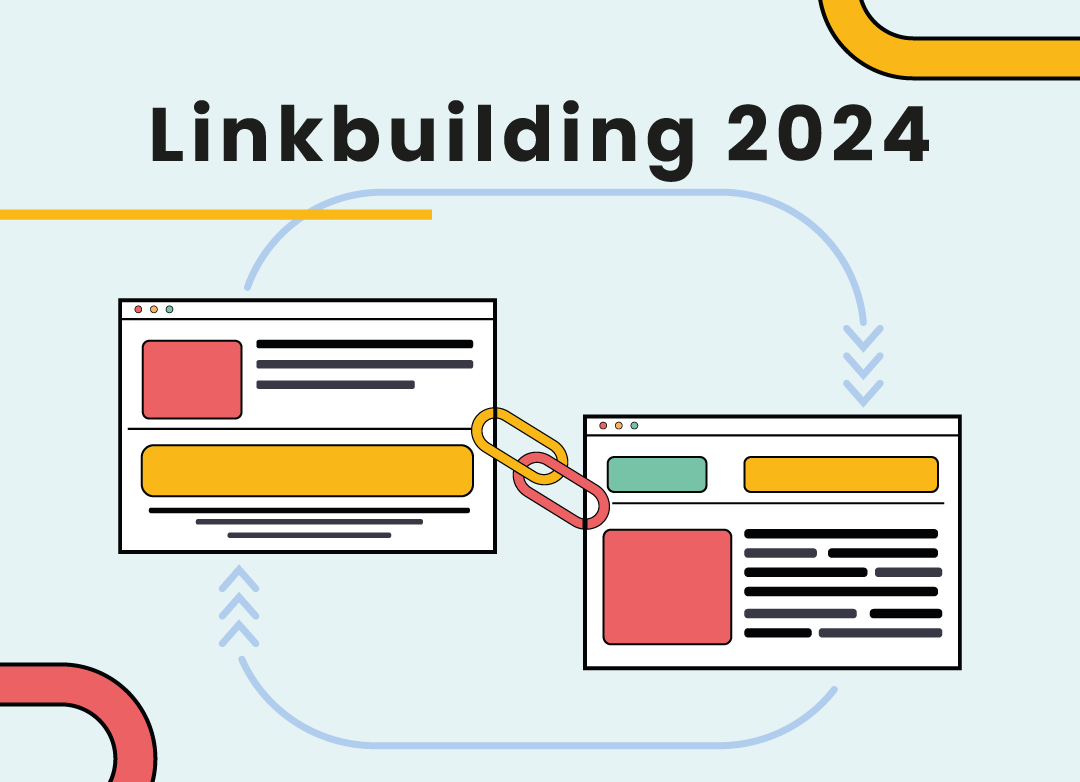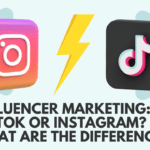
Creating backlinks requires a sophisticated strategy and the knowledge of which metrics are used to evaluate links. In general, the question is: How do you get good backlinks? Link building is a lengthy process, but if approached correctly, it can reward website operators with a lot of traffic. In this article, we show website operators how to create a high-quality link profile, which techniques they can use to get good backlinks and how successful link management works.
Table of Contents
What is link building?
In short: link building is the process of creating links on other websites that lead to your own website. This is done by placing backlinks on websites. Website operators can use various methods for this, which we will discuss in detail later.
The aim of link building is to create as many backlinks as possible in order to increase traffic. However, the backlinks should be of high quality, i.e. they should be categorised as helpful by readers and search engines. Quality and quantity is one of the criteria that Google and other search engines use to assess the relevance of websites. If website operators use methods with which they publish their backlinks on spam pages, Google will rate the website poorly or even penalise it.
The definitions of backlink and linkjuice
Backlinks are the basic building block for link building: it is an incoming link from an external website. Users reach a target page via the URL and anchor text. A backlink is interpreted by Google as a recommendation: The website on which the backlink is located redirects the user to a new target page. This new target page is thus qualified as worth reading due to additional information or reference. Backlinks therefore act as a marketing tool.
If a backlink is placed on a website with a high “domain authority” in its subject area, there is a high probability that Google will categorise the backlink as high quality. In other words: This established page has so-called linkjuice. Linkjuice is transferred to the target page to which the backlink leads. How much linkjuice is transferred to the external target page depends on the link profile or link structure of the website. The fewer links the website has to external websites, the more linkjuice it awards.
If a target website appears as a backlink often and on numerous established websites with a lot of link juice, it is a signal for Google that the target website is important. It appears higher in search queries.
💡Tip 💡
What makes a good link profile?
A link profile of a website provides an overview of its backlinks. Various factors influence the qualitative categorisation of Google:
- How many backlinks a website has.
- What type of backlinks they are (text link, image link, link from social media, etc.).
- On which pages the backlinks were placed.
- Where they were placed on websites.
- With which anchor text they were linked.
A link profile is good if it has a mixture of the factors mentioned above. It is important that Google categorises the link building as organic. The time frame is also crucial: if the website builds numerous links in a few days and only very few in the following months, Google will become suspicious. Worst case scenario, Google can penalise the website so that it only appears with a few keywords or no longer appears in searches at all.
Website operators should therefore strive for regular and link building, preferably little by little. What the perfect mix of number, backlink types etc. looks like essentially depends on the type of website.
What metrics are used to evaluate backlinks?
Although website operators have no direct influence on how and where backlinks are placed to them, they can optimise their link profile using analysis tools such as the Google Search Console. Google (and other search engines such as Google) use various metrics to evaluate the backlinks to a website and rank them according to their quality. Although these are not officially known in order to avoid manipulation, they can be anticipated. Website operators can use the following criteria to optimise their backlinks:
1. Domain pop and domain rate
2. Trust
3. Traffic
4. Age of the domain
5. Follow and no-follow links
6. Presentation of backlinks in the body text
7. Soft anchor texts
How do you get good backlinks?
Website operators pursue two important goals when link building: 1. to increase traffic and awareness of the site. 2. the site should rank well on Google so that users can find it more quickly. There are various strategies for obtaining good backlinks. Some are favoured by Google, some are penalised, others can be a balancing act. It is essential to adhere to Google’s guidelines for ranking in searches.
- Content Marketing: Natural links with added value for the reader is exactly what Google wants. Backlinks should be set as thematic recommendations. Knowledge blogs and guides have now become established that provide information on a very specific topic relevant to the site. Content marketing provides backlinks in a natural way.
- Conversion of mentions into links: The name of your own website often appears on a domain without being linked. With little effort, website operators can use backlink reports to find so-called mentions, contact the owners of those websites and ask for a link.
- Link exchange: Using link exchange, two publishers can agree to place links on each other’s websites (two or more). This form of cooperation can quickly lead to numerous backlinks, but Google can recognise the link exchange. As a result, Google downgrades the websites. When exchanging links, publishers should therefore ensure that they co-operate with websites with related content over longer periods of time
- Link purchase: Especially at the start of a website, operators can achieve a higher ranking through purchased links. Operators pay link providers or publishers of other websites to obtain backlinks. If Google recognises purchased links that do not comply with the guidelines, the site will be penalised. The page is ranked lower or even removed from the search results.

Link management as an important pillar of link building
Once a link profile and a sustainable strategy for backlink building have been created, the backlinks must be maintained via link management. To do this, website operators should constantly analyse the existing backlinks with suitable tools and optimise them for Google searches. If harmful backlinks lead to the website on spam portals, for example, this will result in its devaluation. Link management can be used to identify and delete these harmful backlinks. Link management with appropriate tools is also helpful when a website is undergoing a relaunch or reorganisation. In this way, website operators can renew “dead” links and do not have to make any manual changes.
The keywords also determine how a website is rated by Google. Link management can be used to determine whether the backlinks in a text also contain suitable keywords. If this is not the case, publishers can optimise the texts. The URL tag, meta tags, image tags and meta descriptions can also be adapted to the keywords. As already mentioned, the anchor texts for the backlink should also be precisely descriptive and by no means generic.
In combination with user data analysis (for example with the help of Google Analytics), the value of backlinks can be increased. Publishers can find out which information on the link source is relevant for users – and which is not. Accordingly, they can sharpen the website for their target group and thus achieve a higher ranking on Google.
Conclusion on link building
Today, link building plays a decisive role in determining the traffic and Google ranking of a website. Google’s aim is to rank pages with added value for readers wherever possible – and even goes so far as to advise website operators against active link building. Nevertheless, some link building strategies are still proving to be successful. Topic-related content marketing in particular promises a good ranking. It is important that website operators adhere to Google’s guidelines, obtain backlinks that are as natural as possible and create a well-balanced link profile.
Outsourcing Linkbuilding
Once the link profile has been created, continuous maintenance in the form of link management begins. Website operators should gradually create new backlinks, create content and check existing backlinks. On the one hand, bad backlinks should be filtered out and existing ones optimised with the help of suitable tools. On the other hand, the link profile must be adapted to Google’s constantly changing metrics and guidelines.
Furthermore, website operators should use Google Analytics to evaluate user behaviour and adapt websites accordingly in order to increase their ranking. Link building can be a full-time job – which, with the right strategy, can be crowned with success. It is recommended to contract an agency with link building and link management, as the numerous metrics require a great deal of attention. In addition, agencies often already have an existing portfolio for setting promising backlinks. This can be particularly useful when starting or aiming to grow a website.




